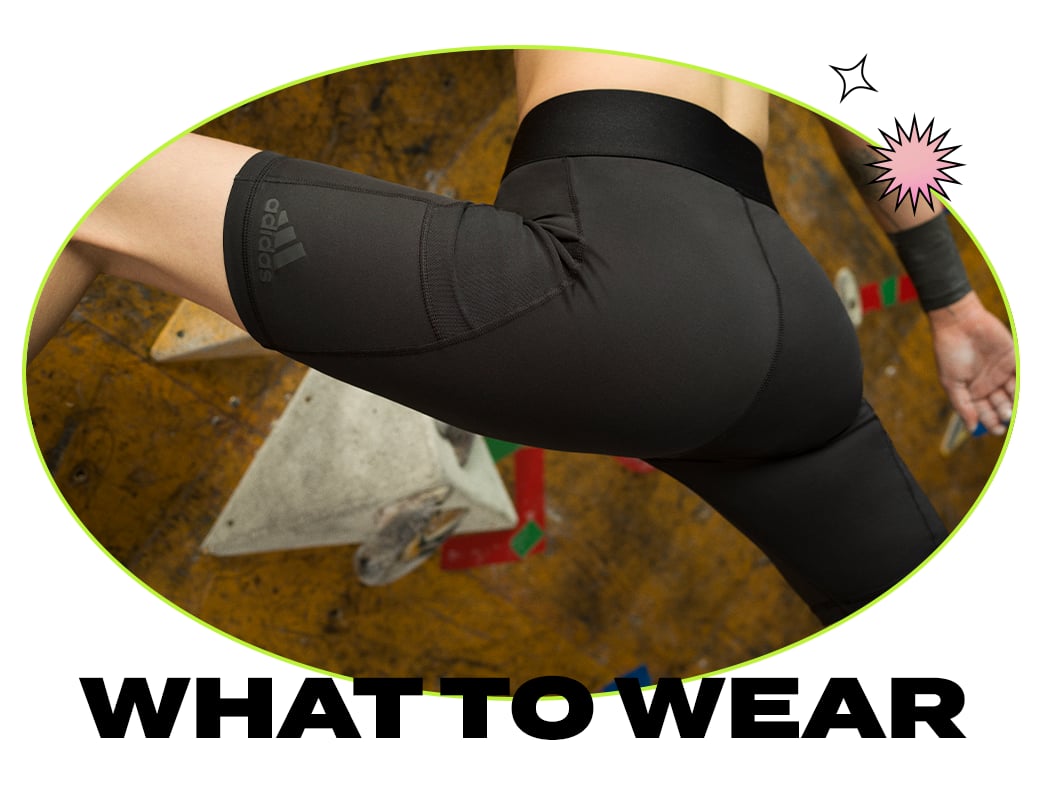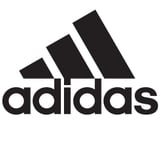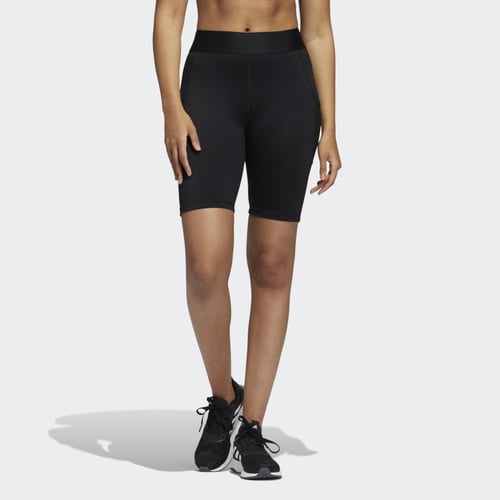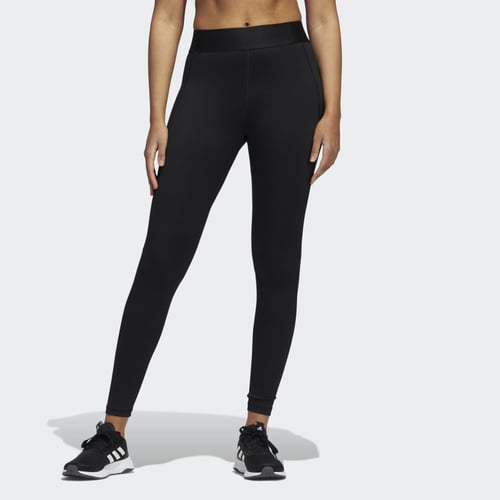
The How and Why of Syncing Your Workouts With Your Period
Here Are the Benefits of Syncing Your Workouts With Your Period
When that time of the month rolls around, most people want nothing more than to plant themselves on the couch armed with a stash of snacks and a heating pad. But as tempting as that sounds, science suggests doing just the opposite may benefit us far more.
Adidas's Stay In Play - Pe(riod) Lesson Plan, which was developed with Dr. Georgie Bruinvels of Orreco, explains that not only can exercising on your period combat pain and uncomfortable period symptoms, but pairing specific types of exercise with different phases of your cycle can help you get the most out of training and, ultimately, boost your performance.
A whole menstrual cycle can last anywhere from 21 to 35 days and then repeats. It includes four main phases, and while the length of each phase can vary from person to person, there are ways to use each phase to your advantage. Read on for the how and why of planning your fitness routine around your cycle and what to wear to feel unstoppable through it all.

The bottom line is, workout effectiveness can range throughout the month because of the different hormones that rise and fall during your cycle. It's why you may find yourself hardcore struggling during a typical workout right before your period. Or why you may be bursting with energy two weeks into your cycle.
Here's a brief breakdown: in the first half of the month right after menstruation (aka the follicular phase), oestrogen rises, which, in turn, provides you with extra energy and stamina. During the second half of your cycle, the luteal phase, there is lots of progesterone and oestrogen circulating around your body. As a result, you may feel that your breathing rate increases a little, or you might feel a bit hungrier. During this time, longer, slower activities such as swimming, running, hiking or cycling, may make you feel your best.
Knowing when these days are and what to look out for can help your workouts reach maximum effectiveness. At the same time, you'll be giving your body what it needs, exactly when it needs it.

Feeling comfortable and confident is always important when exercising, but it's especially important during your period — the menstruation phase. The last thing you should have to worry about is leaks, stains, or feeling unprepared. After all, being active during your period is good for you. Adidas knows this, which is why the brand spent over two years developing the new TechFit Period Proof Tights. These workout tights feature an absorbent layer to help protect against leaks when worn with a tampon or pad.
These period tights provide an added layer of protection using something called Flow Shield technology. Along with a set of absorbent layers and a membrane, there's a bonding frame that holds each layer together, keeping the tights in place. And just like that, you can work out right before, during, or right after your period without fear.
Adidas found that teenage girls drop out of sports at an alarming rate, and one of their biggest reasons for doing so is fear of period leakage. With TechFit Period Proof tights, the goal is to keep athletes in sports and to not let anything get in the way of achieving their fitness success.

When syncing your workouts with your cycle, the most important thing you can do is listen to your body. Your cycle begins with your period, which is the menstruation phase. During this time, hormone levels drop, which can affect your energy and increase cravings.
You're most likely feeling fatigued and aren't interested in much physical activity. However, continuing to move may actually ease your period symptoms and counteract cramping. If you so choose, now's the time to decrease the intensity of your workouts but keep active with walks or jogs, restorative yoga, and strength-training sessions with lighter weights.
Next is the follicular phase, which is characterized by the week-and-a-half or so after you stop bleeding. The Stay in Play Lesson Plan suggests that this is the best time to practice full-body strength training, compared with other times of the month. Your endurance and energy significantly increase during this phase, making it a prime time for going hard and upping your intensity. Try upping your reps, your weight, or your duration during a HIIT workout or interval run. At the same time, though, you may also be more prone to injury. So make sure to extend your warmup time, and don't skip your cooldown, either.
The next phase is the luteal phase, which is when your body produces a lot of both progesterone and oestrogen. Progesterone causes your body temperature to increase a little bit and can also increase your breathing rate, so it's important to keep cool and hydrated.
In addition, you may feel hungrier as your body is working hard to thicken and prepare the uterus lining. Try longer, slower activities like swimming, running, hiking, or cycling. Flexibility-based exercises like gymnastics, dancing, or aerobics are also helpful.
Finally, in the premenstrual phase, you may experience PMS. This could include feeling more emotional or tired, or experiencing an overall lower mood. You may want to skip your workout, which is OK, but, for a more comfortable period, studies suggest it's important to work out throughout your entire cycle. Schedule rest days, but when you're up for it, keep active with feel-good movement such as restorative yoga, a low-intensity hike, or even a deep-stretch class.

Shop adidas TechFit Period Proof Tights:
You can access the Stay In Play - Pe(riod) Lesson Plan here.
Disclaimer: The aim of this lesson is to help you learn more about how to look after yourself and become more in-tune with your body. It is intended for informational purposes only, and should not be viewed as a substitute for professional medical advice or treatment. If you believe you may be experiencing a medical condition or emergency, you should consult with a physician or other qualified medical professional promptly.


